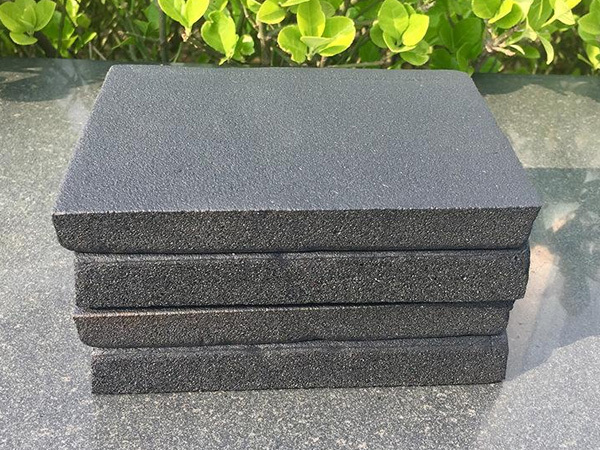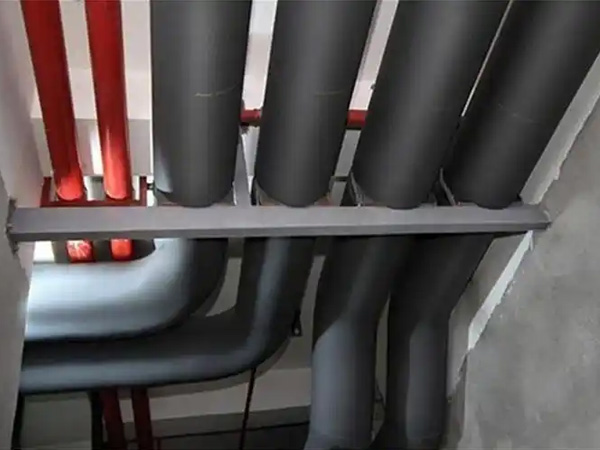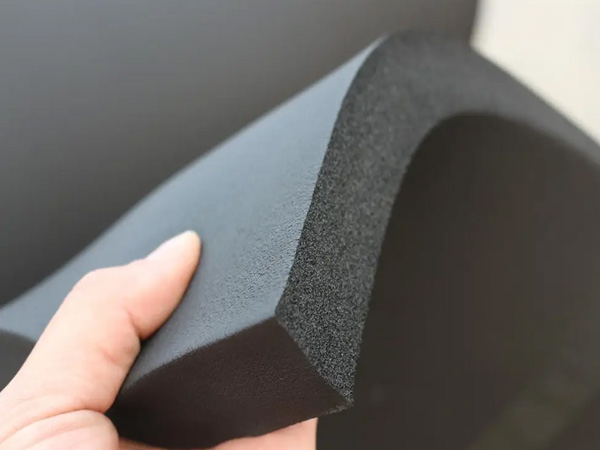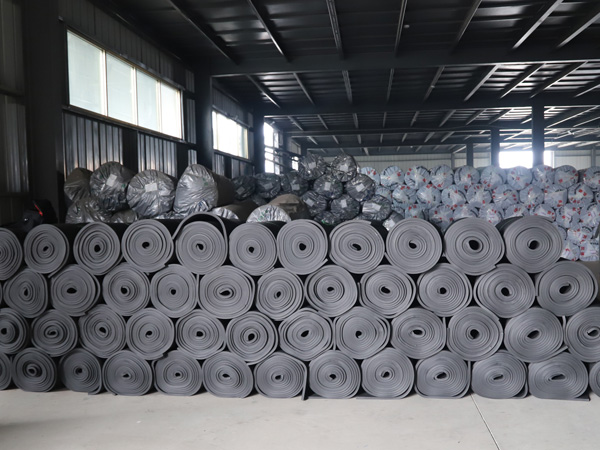Common faults of phenolic board in industrial applications
2025-06-18 14:49:20
When phenolic boards are applied in industrial fields, the following common failures and their underlying causes are frequently encountered, along with relevant characteristics:
1. Surface Cracking or Chipping
Main Manifestations: Linear cracks appear on the board surface, or local small pieces chip off, often accompanied by edge damage.
Key Causes:
Mechanical Impact: External forces (e.g., collisions during handling or installation) exceed the board's impact resistance.
Thermal Stress: Sudden temperature changes (e.g., rapid heating/cooling in industrial furnaces or pipelines) cause thermal expansion/contraction, leading to internal stress concentration.
Improper Cutting: Using dull tools or incorrect cutting angles during processing, resulting in micro-cracks at the edges.
2. Deformation or Warping
Main Manifestations: The board bends, twists, or sags, deviating from its original flat shape, which is more obvious in large-size boards.
Key Causes:
Moisture Infiltration: Prolonged exposure to high-humidity environments (e.g., chemical workshops or humid chambers) causes the board to absorb water, leading to fiber swelling and deformation.
Unbalanced Load: Uneven surface loading (e.g., concentrated weight on one side) or insufficient support during installation, causing permanent deformation.
Thermal Deformation: Long-term operation at temperatures approaching the board's heat resistance limit (usually 120–150°C for ordinary phenolic boards) weakens its structural stability.
3. Chemical Corrosion or Degradation
Main Manifestations: Surface discoloration, softening, or erosion; reduced mechanical properties (e.g., tensile strength and hardness).
Key Causes:
Exposure to Corrosive Media: Direct contact with strong acids (e.g., sulfuric acid), alkalis (e.g., sodium hydroxide), or organic solvents (e.g., benzene, acetone) in industrial environments, which chemically react with the phenolic resin matrix.
Oxidative Degradation: Long-term exposure to ozone, strong oxidants, or ultraviolet (UV) radiation (in outdoor industrial applications), leading to chain scission of the resin and material aging.
4. Bonding Failure or Delamination
Main Manifestations: Layers of the board separate (for multi-ply phenolic boards), or the bonding between the board and the base/adjacent components fails, causing 空鼓 or detachment.
Key Causes:
Inadequate Adhesive Selection: Using adhesives incompatible with phenolic boards (e.g., water-based adhesives in high-humidity environments), resulting in poor bonding.
Improper Construction: Insufficient surface cleaning (e.g., dust, oil stains on the base), inadequate adhesive coating, or premature loading before the adhesive cures completely.
Environmental Factors: Vibration, thermal cycling, or repeated mechanical stress causing fatigue damage to the bonding interface.
5. Electrical Insulation Failure
Main Manifestations: Reduced insulation resistance, electrical breakdown, or even conduction, which is critical in electrical insulation applications (e.g., circuit boards, transformer partitions).
Key Causes:
Moisture Contamination: Moisture penetration deteriorates the board's insulation performance, especially in wet or high-humidity electrical environments.
Overheating Damage: Prolonged operation under high voltage or current generates excessive heat, causing carbonization of the phenolic resin and loss of insulation.
Mechanical Damage: Cracks or perforations in the board directly destroy the insulation structure, creating conductive paths.
6. Abrasion or Surface Wear
Main Manifestations: Reduced surface smoothness, thinning of the board, or exposure of the inner fiber layer, commonly seen in industrial flooring, workbench surfaces, or sliding components.
Key Causes:
Frictional Wear: Repeated friction from moving parts (e.g., heavy equipment, pallet dragging) exceeds the board's wear resistance.
Abrasive Particles: Accumulation of hard particles (e.g., metal shavings, sand) on the surface, which act as abrasives during movement, accelerating wear.
7. Fire Resistance Deterioration
Main Manifestations: Reduced flame retardancy, prolonged combustion, or increased smoke generation, failing to meet industrial fire safety standards.
Key Causes:
Improper Material Selection: Using non-flame-retardant phenolic boards in fire-sensitive areas (e.g., power plants, chemical plants).
Thermal Aging: Long-term exposure to high temperatures (below the melting point) causes thermal degradation of flame-retardant additives in the board, weakening fire resistance.
Prevention and Mitigation Strategies
Material Selection: Choose phenolic boards with enhanced properties (e.g., flame-retardant, anti-corrosion, or high-temperature resistant grades) based on industrial environment requirements.
Environmental Adaptation: Implement protective measures (e.g., waterproof coatings, thermal insulation layers) for harsh environments and avoid direct contact with corrosive media.
Standardized Construction: Strictly follow installation specifications, ensure proper surface treatment and adhesive application, and conduct load-bearing capacity calculations for structural applications.
Regular Maintenance: Perform periodic inspections (e.g., visual checks, insulation resistance tests) to replace damaged boards promptly and clean abrasive particles or corrosive residues.
Understanding these failure modes helps optimize material selection and construction processes in industrial applications, thereby improving the reliability and service life of phenolic board systems.

OurFlame Retardant Rubber Foamis a premium closed-cell elastomeric insulation material engi...

OurRubber Pipe Insulationis a high-performance solution designed specifically for HVAC pipi...

Rubber Foam Insulation Sheet – Product Introduction Premium Flexible Insulation for Therm...

Specially engineered for refrigeration applications, ourElastomeric Rubber Insulationprovid...



